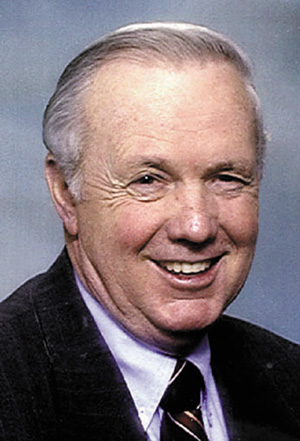No. 1242 -- WHAT CAUSES SLEEP APNEA?
No. 1242
Jim Davidson...NEWSPAPER COLUMN
WHAT CAUSES SLEEP APNEA?
There is a medical condition in our nation which most of us don’t know much about, yet it affects 18 million adults. This condition is called sleep apnea, and it happens when an individual stops breathing for brief periods of time during their sleep. In fact, this can happen for some sufferers up to 30 times or more in an hour.
One of the real blessings in my life over the past several years is attending a men’s weekly prayer breakfast at one of our fine local churches. In addition to praying for people who are hurting or having specific needs, the group has a program where a member presents a specific topic of interest to the rest of the men in our group.
Several weeks ago one of our members by the name of Paul Noesser presented a program on sleep apnea, a condition that he has had for several years. He brought along a CPAP mask to demonstrate how he deals with this condition. CPAP stands for Continuous Positive Airway Pressure and this is what a properly fitted CPAP mask, along with the proper machine, accomplishes. In short, this equipment supplies a constant flow of oxygen. As you can imagine, because this need is so real and affects so many people, there are all kinds of these masks available to the consuming public.
There are three types of sleep apnea: the first is Obstructive Sleep Apnea, the more common form that occurs when throat muscles relax. Next is Central Sleep Apnea, which occurs when your brain doesn’t send proper signals to the muscles that control breathing. And last is Complex Sleep Apnea syndrome, something that occurs when someone has both of the other two. Sleep apnea is a potentially serious sleep disorder. If you snore loudly and feel tired even after a full night’s sleep, you may have sleep apnea.
Here is what researchers say causes it: more than half of people with Obstructive Sleep Apnea are either overweight or obese, which is defined as a body mass index (BMI) of 25-29.9 or 30.0 and above. In adults, excess weight is the strongest risk factor associated with this condition. However, this is not always the case, as my friend Paul Noesser is certainly not overweight. The signs and symptoms of obstructive and central sleep apneas overlap, sometimes making it difficult to determine which one we may have.
Here are some of the common signs and symptoms: loud snoring, episodes in which you stop breathing during sleep as reported by another person, gasping for air during sleep, awakening with a dry mouth, morning headache, difficulty staying asleep, excessive daytime sleepiness, difficulty paying attention while awake, and irritability. Loud snoring can indicate a potentially serious problem, but not everyone who has sleep apnea snores. Untreated sleep apnea has been linked to high blood pressure, type 2 diabetes, liver problems and possibly even dementia. Sleep apnea is often overlooked because its symptoms can be subtle.
The most obvious signs are snoring and waking up gasping for air (or being told by your partner that you do this). If you are having trouble getting blood pressure under control, even if you are on multiple medications, that is also a warning sign.
Thanks, Paul, hopefully this information will help some people to get help if they also have this problem.
---
(Editor’s Note: JIM DAVIDSON is an author, public speaker, syndicated columnist and founder of the Bookcase for Every Child project. Since its inception in 1995, Jim’s column has been self-syndicated to over 375 newspapers in 35 states, making it one of the most successful in the history of American journalism.)
